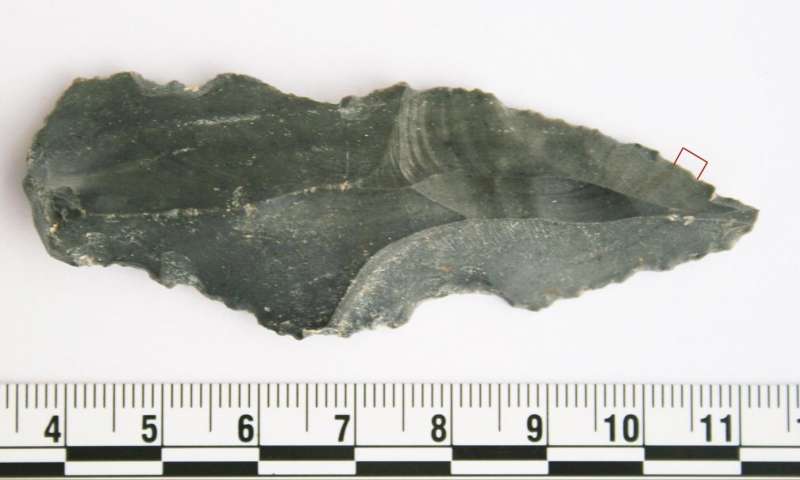I don't suppose water fowl are too common in the Great Basin, although there are some lakes, relics of much larger bodies of water. The environment is generally dry but in the past it has been quite wet – enough rain to form lakes. Even at 12,000 years ago water fowl (ducks and geese etc) were definitely on the menu of hunter gatherers – see http://westerndigs.org/12000-year-old-camp-found-in-utah-may-have-expert… … which concerns a large open air hearth found close to Salt Lake City, complete with traces of birds and animals – and tobacco seeds. Were they having a pow wow that long ago?
The earliest evidence for human tobacco use is 2500 years ago (until now) a long way behind 12,000 years ago. Tobacco is a new world plant native to the Americas – and here lies the interesting bit. How long would it have taken newcomers to N America to realise the properties of tobacco and then get around to smoking the stuff by burning it in a pipe? Is this new evidence humans had been in the Americas a long time prior to Clovis First?
At http://phys.org/print389875847.html … an article in the August issue of the Journal of Archaeological Science (2016) concerns stone tools found in a former oasis in Jordan dating back 250,000 yuears ago. The image below of of one of the stones, shaped somewhat like an arrow …  … Various tools had protein residues on them (the remains of butchered animals such as wild cattle, horses,rhinoceros and water fowl). Some 10,000 stone tools were excavated over a 3 year period from what is now a desert but was then a wetland environment.
… Various tools had protein residues on them (the remains of butchered animals such as wild cattle, horses,rhinoceros and water fowl). Some 10,000 stone tools were excavated over a 3 year period from what is now a desert but was then a wetland environment.
